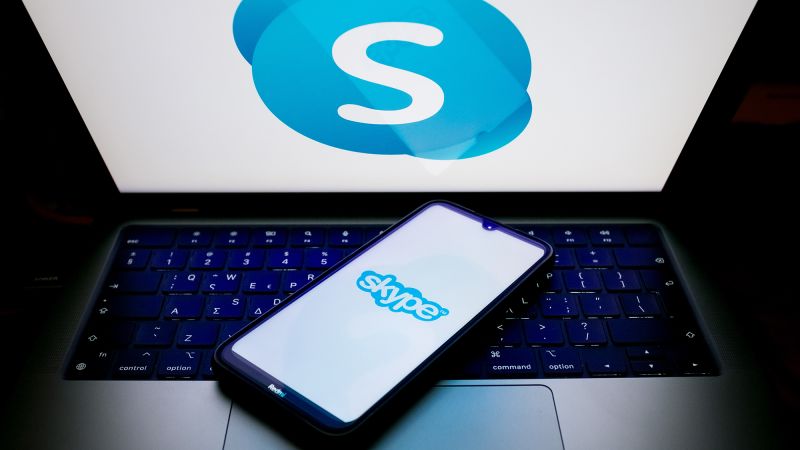Microsoft recently announced a significant development that marks the end of an era in digital communication: the shutdown of Skype. Once hailed as the dominant service for internet-based phone and video communication during the mid-2000s, Skype will no longer be available for use starting in May 2024. This decision, confirmed by Microsoft via social media platform X, indicates a transition for users toward Microsoft Teams, which offers a free tier where Skype users can opt to log in with their existing credentials in the near future.
The evolution of Skype is an intriguing tale, especially given its acquisition by Microsoft back in 2011 for a staggering $8.5 billion, which at the time constituted the largest purchase in Microsoft’s history. Following the acquisition, Microsoft integrated Skype into its broader ecosystem, embedding the service within products like Office and its earlier mobile operating system, Windows Phone. Despite these strategic efforts, the landscape of communication technologies has drastically changed, rendering Skype less relevant.
Over the past few years, Skype’s prominence has waned considerably, a stark contrast to the rapid growth experienced by its competitors during the COVID-19 pandemic. Services such as Zoom, Google Meet, and Cisco WebEx have all surged in popularity, capitalizing on the societal shift towards remote working and virtual gatherings. Moreover, Skype has faced increasing competition not only from these conferencing platforms but also from widely used applications such as Apple’s FaceTime and Meta’s WhatsApp. In parallel to these evolving dynamics, Microsoft has increasingly pivoted its resources towards Teams, a platform that offers many of the functionalities initially provided by Skype.
The initial rise of Skype can be traced back to its launch in Estonia in 2003, where it quickly became recognized for its ability to facilitate free worldwide calls. This feature was particularly attractive as international calling from traditional telephones often incurred expensive fees. The growth was remarkable and soon led to eBay’s acquisition of Skype in 2005 for $2.6 billion. However, the partnership proved tumultuous, culminating in eBay’s decision to divest its 65% stake in Skype for $1.9 billion to an investor group in 2009. Microsoft’s acquisition in 2011 marked a new chapter in Skype’s evolution but has not been sufficient to maintain its competitive edge in a rapidly changing technology landscape.
As Microsoft prepares for the permanent discontinuation of Skype, many users find themselves at a crossroads. While the transition to Teams may offer an alternative, it raises questions regarding user experience and feature alignment. Microsoft has not yet responded to requests for comments regarding this transition or the future roadmap for the Teams platform, leaving many curious about the direction the company plans to take moving forward.
In conclusion, the closure of Skype is a pivotal moment for Microsoft and its user base, signifying not just the end of a once-prestigious platform but also illustrating the rapid transformations occurring in the realm of digital communication. As competition escalates and user preferences evolve, it will be essential for tech companies to remain agile and innovative to sustain relevance in an increasingly crowded marketplace. The closure of this service is a clear indicator of how even the most popular platforms can eventually face obsolescence amidst the relentless pace of technological advancement. The move reflects a shift in how people communicate, necessitating a re-evaluation of tools that meet their needs in an ever-changing digital environment.



